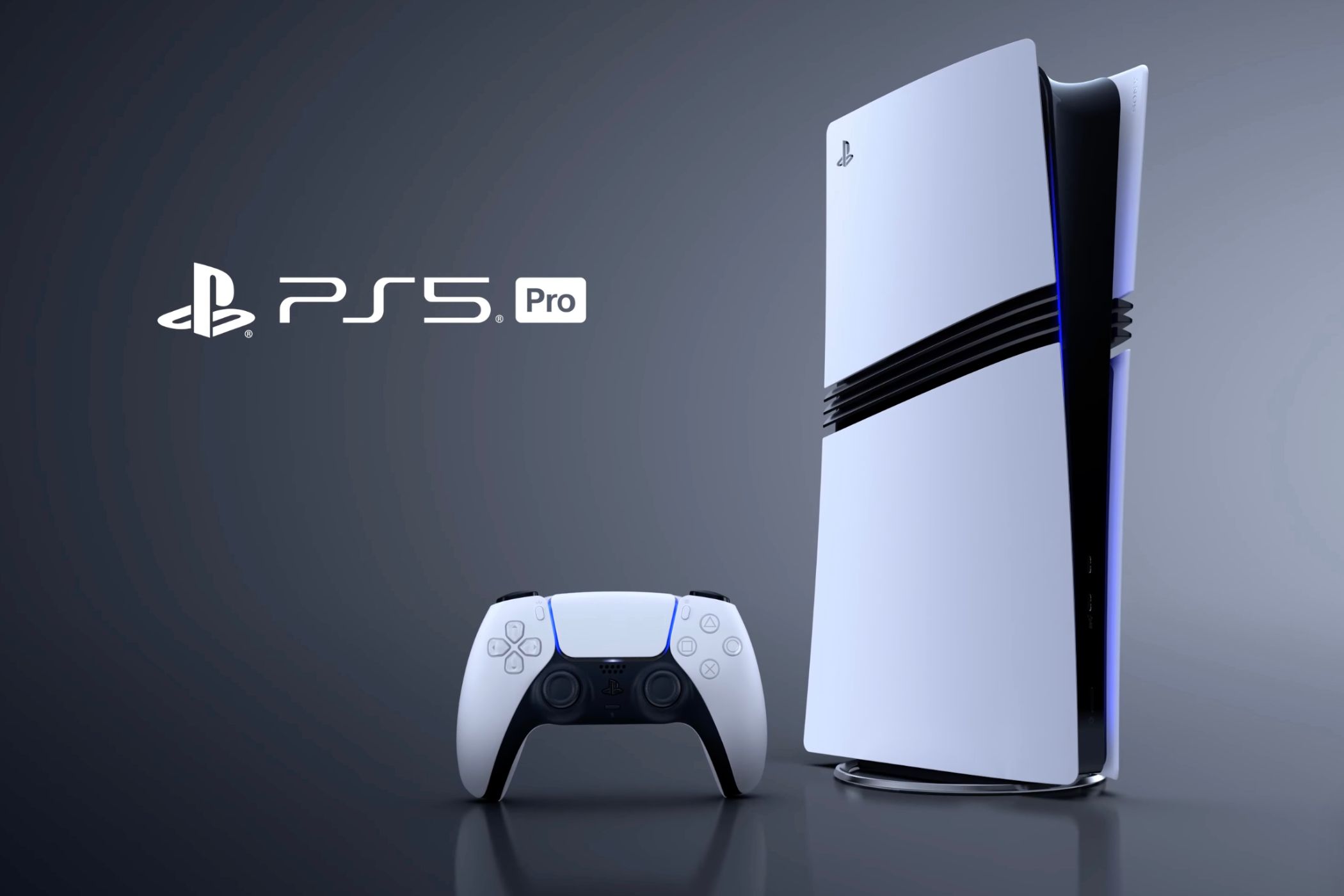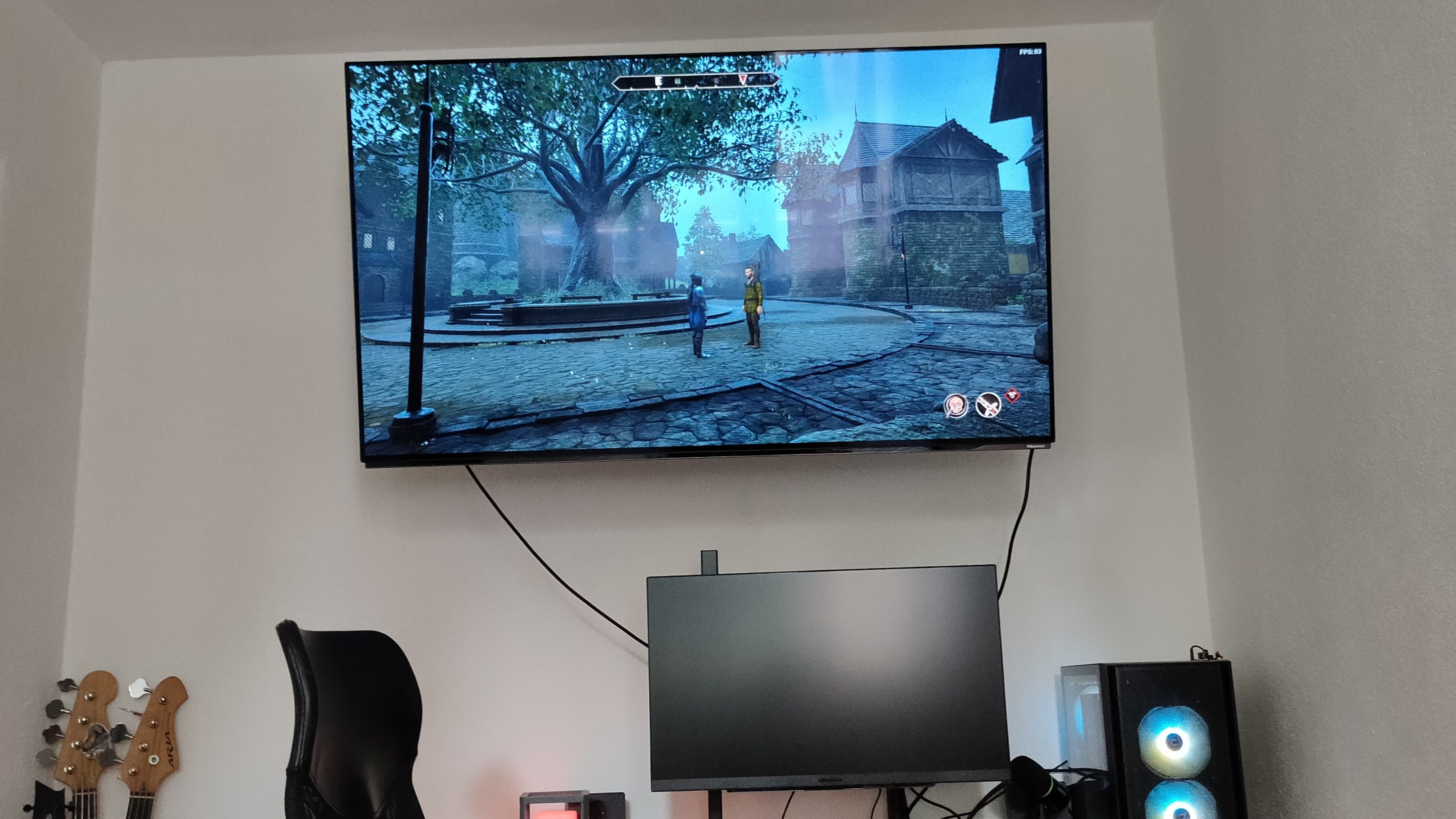If you’re a PC gamer with a 1080p display, you’ve probably tried upscaling and hated how blurry and messy everything looks. I’ve been there, too. I even wrote off the technology entirely for a while.
But upgrading my display was all I needed to see the light. Since buying a higher-resolution monitor and a 4K OLED TV, I’m an upscaling convert.
Why Upscaling Doesn’t Work Well on 1080p Displays
Before we discuss why upscaling sucks on 1080p, let’s first briefly go over what upscaling is and how it works. When we talk about “upscaling” in the context of gaming, we’re referring to the modern upscaling algorithms graphics cards use to artificially increase the resolution of the image, the three most prevalent being NVIDIA DLSS, AMD FSR, and Intel XeSS.
Each of these upscalers has a few different modes, such as Quality, Balanced, and Performance. As the names suggest, Quality aims for the best image fidelity, Performance maximizes your FPS, and Balanced sits somewhere in between.
While the upscaling tech varies, the basic idea is the same: take a low-resolution frame and reconstruct it to look like a high-resolution one.
The problem with 1080p is that it doesn’t have a lot of detail to begin with. If your graphics card renders the game at an even lower resolution, say, 720p, the image starts to fall apart when upscaled to 1080p. The upscaling algorithm has less information to work with and is forced to “guess” what’s missing, resulting in poor image quality, ghosting, smeared textures, and soft edges.
UI elements like text take a particularly noticeable hit, often becoming completely unreadable with upscaling, even if it’s set to Quality. Fine details, such as character outlines and projectiles, blend into the background, especially when you move the camera too quickly. Essentially, an upscaled image on a 1080p monitor can only look okay if you’re standing still.
This is because upscaling algorithms were designed with higher resolutions in mind. You should only use it if it’s your only way to play a demanding game at 1080p; otherwise, stick to native 1080p, even if you’re only getting 30 FPS.

Related
AI Upscaling Is the Future of Game Remasters, but Is That a Good Thing?
AI upscaling can give old games a next-gen facelift, but some developers still don’t know how to use it.
A Display Upgrade Showed Me the Potential of Upscaling
I took my sweet time to upgrade my monitor, and I finally did it after building a new gaming PC a few months ago. I now have a 1440p monitor (and a 4K OLED TV), and I use upscaling in every game I play, except for competitive online games, because even a minor increase in input latency and artifacts isn’t worth the extra FPS.
Mind you, my PC isn’t some high-end RTX 50 Series powered beast; I’m using a relatively old RX 6800 XT that I bought used for around $330. The card supports the older AMD FSR 3.1 upscaling algorithm, but the results are still impressive. I won’t be surprised if the new and budget-friendly RX 9060 XT can match my older but more powerful card thanks to AMD FSR 4.
Newer games like God of War Ragnarök and Oblivion Remastered look phenomenal when upscaled to 1440p, and especially at 4K. I keep the upscaling quality set to Native for 1440p or Quality for 4K. Since 4K has more information for the upscaling algorithm to work with, it can still look great even with more aggressive upscaling.

The Elder Scrolls IV: Oblivion Remastered
- Released
-
April 22, 2025
- ESRB
-
Mature 17+ // Blood and Gore, Sexual Themes, Violence
- Developer(s)
-
Virtuos, Bethesda
- Publisher(s)
-
Bethesda
After comparing native rendering to upscaled side by side, I genuinely can’t tell the difference visually, but the performance difference is substantial. I also enable frame generation, which effectively doubles my FPS, and again, I haven’t noticed any major visual artifacts with it on.
Running Games at Native Resolution Is a Thing of the Past
This will be a hard thing to hear for the native resolution purists (which I used to be a part of), but gaming at your display’s native resolution just doesn’t make sense anymore. Modern upscaling algorithms like DLSS 4 and FSR 4 have reached a point where it’s hard to tell the difference between native and upscaled, and it’s only going to get better with time.
Unlike what some gamers think, upscaling isn’t a lazy solution in place of game optimization and more powerful hardware; rather, it’s a clever rendering technique that allows you to squeeze more frames out of your graphics card’s limited raw power.

Related
Upscaling Is Not a “Crutch” for Gaming, It’s a Solution to a Problem We Created
There’s no such thing as “real” computer graphics.
The misconception likely comes from games being designed with upscaling in mind from day one, with Starfield being one of the first such games. However, this isn’t necessarily a bad thing—by embracing upscaling from the start, developers can push visual fidelity to the next level with sharper textures, more detail, and ray tracing. That said, upscaling works best on top of an already well-optimized engine, so it should never be accepted as an excuse for poor optimization.
Now Is the Perfect Time to Buy a Better Display
1080p has been the gold standard for gaming monitors for a long time, but it’s time to let it go. 1440p monitors have come down in price significantly, and you can now buy high refresh-rate units like the Acer Nitro KG271U and AOC Q27G4XN for under $200.
Even if your PC isn’t powerful enough to run the latest games at 1440p, I think that these monitors are still worth the investment. They’ll look good even five years from now. In the meantime, you can try your luck with more aggressive upscaling or stick to older games until you save up for a new PC, and you’ll have an amazing monitor ready when you finally get one. Oh, and did I mention that your desktop will be impressively sharp, and movies will look better, too?
If you’re more of a gaming on a TV person, you’ll be surprised by how cheap 4K TVs have gotten. For example, the 43″ TCL Q65 4K TV will only set you back $218 at its current sale price. Whatever TV you get, just make sure it has a dedicated game mode that can bring the input lag down.
If you’ve tried upscaling in games and weren’t impressed, chances are you were using the wrong display. After upgrading my monitor to 1440p and finally splurging on a 4K OLED TV, I was able to experience my games the way they were meant to be enjoyed—with upscaling.





